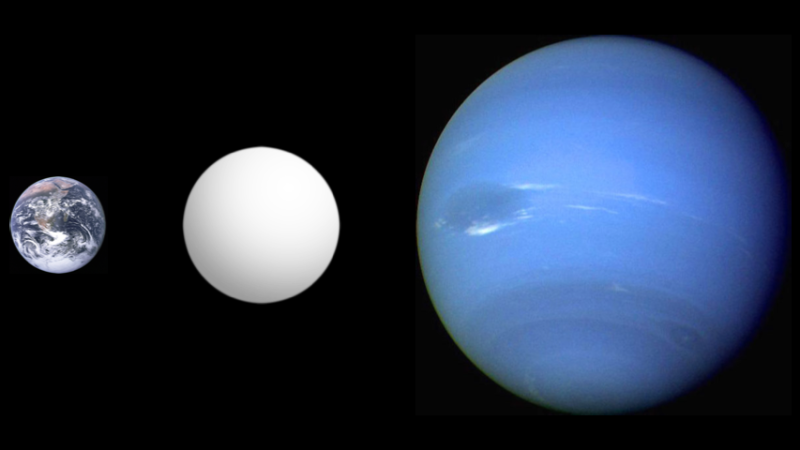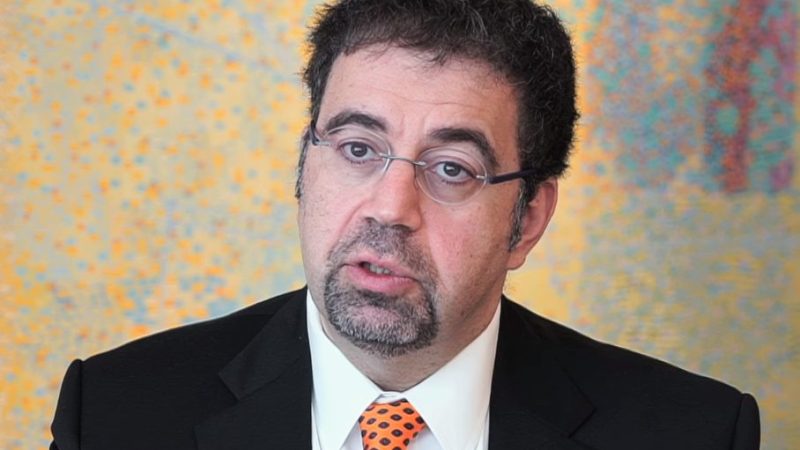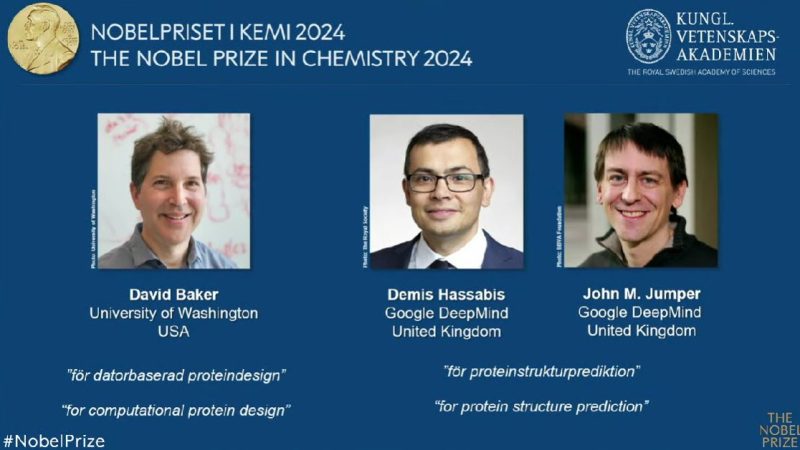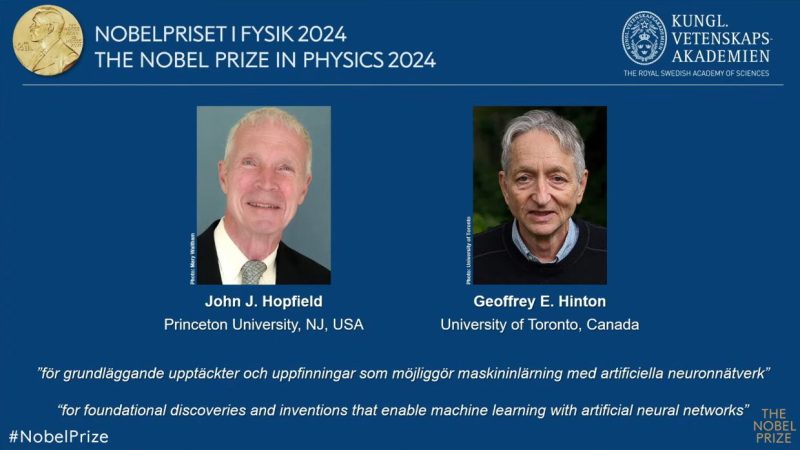Cosmic Lensing: Unveiling the Oldest Supermassive Black Hole Ever
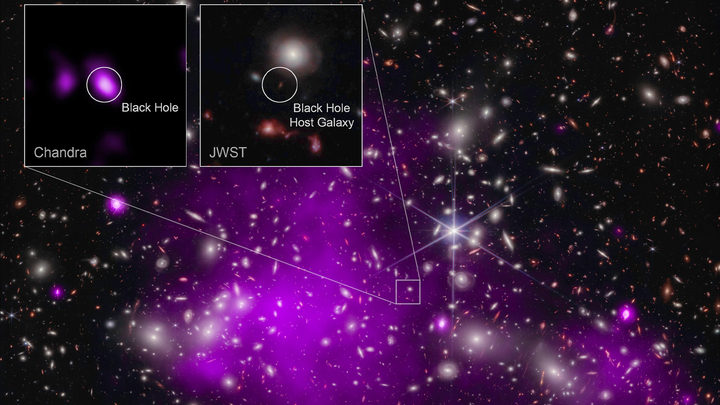
Astronomers have recently made an unprecedented discovery – the most distant supermassive black hole ever observed in the universe. This remarkable finding was made possible through the utilization of a “cosmic magnifying glass” known as gravitational lensing. Essentially, this occurs when a massive celestial body causes a significant bending of spacetime, effectively bending the path of light as if it were passing through a lens.
Located in the galaxy UHZ1, in the direction of the galaxy cluster Abell 2744, this black hole is approximately 13.2 billion light-years away from Earth. It is a staggering 13.2 billion years old, making it just as ancient as the universe itself. By employing NASA’s Chandra X-ray Observatory and the James Webb Space Telescope (JWST), astronomers were able to identify the distinct characteristics of a growing black hole. Intriguingly, this black hole began forming a mere 470 million years after the big bang, when the universe was only three percent of its current age.
The exceptional youth of this black hole is apparent due to its tremendous size. Over time, black holes disintegrate. According to NASA, most black holes in the center of galaxies possess a mass equivalent to roughly one-tenth of the stars within the galaxy. However, this early black hole is exponentially more enormous, having a mass comparable to that of our entire galaxy. The fact that astronomers have never before encountered a black hole at this developmental stage offers a unique opportunity to study the formation of supermassive black holes in the universe’s early days. These findings have been detailed in a study published in the journal Nature Astronomy.
How Gravitational Lensing Unveiled the Past
This groundbreaking discovery was made possible through the combined efforts of the Chandra X-ray Observatory and the James Webb Space Telescope. “We needed Webb to find this remarkably distant galaxy and Chandra to find its supermassive black hole,” stated astronomer Akos Bogdan from the Harvard-Smithsonian Center for Astrophysics. The team also utilized the effect of gravitational lensing, which acted as a “cosmic magnifying glass,” enhancing the light signals detected by the JWST and enabling Chandra to observe the faint X-ray source emitted from the gas surrounding the supermassive black hole.
The Youthful Enigma: A Black Hole as Old as the Universe
The knowledge gained from studying this phenomenon could provide valuable insights into how certain supermassive black holes achieve immense masses shortly after the big bang. Currently, there are two opposing theories regarding the origin of these black holes – the light seed theory and the heavy seed theory. The light seed theory postulates that a star collapses into a stellar mass black hole, gradually growing into a supermassive black hole over time. Conversely, the heavy seed theory suggests that a large cloud of gas collapses and condenses to form the supermassive black hole, rather than an individual star. The discovery of this newly observed black hole may serve to support the heavy seed theory, shedding light on its validity.
To further investigate and gain a better understanding of the early universe, the team plans to utilize the abundant data forthcoming from the James Webb Space Telescope and other space telescopes. By combining these observations, they hope to paint a clearer and more detailed picture of the universe’s early stages.


